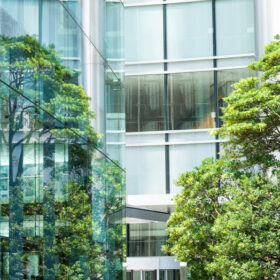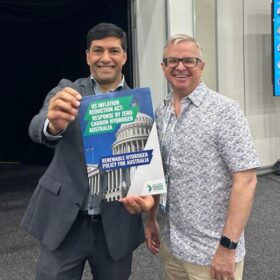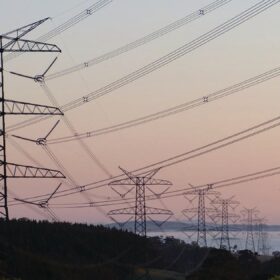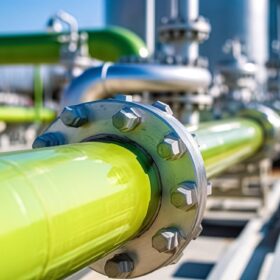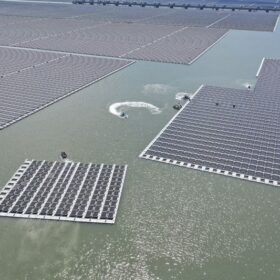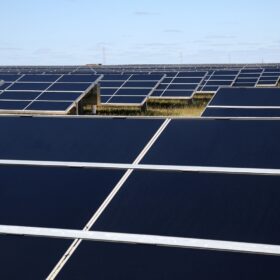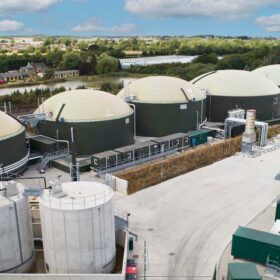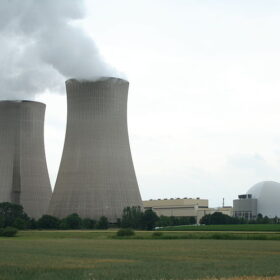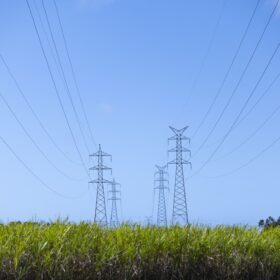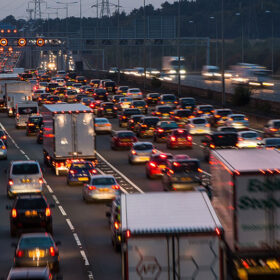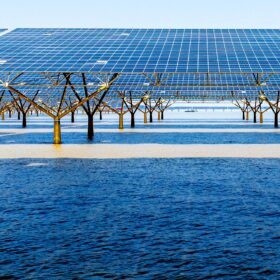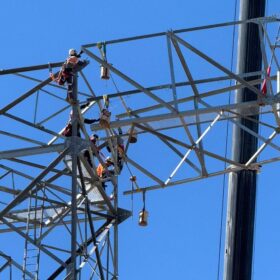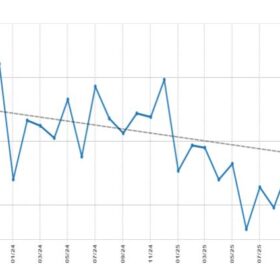Australia needs net zero by 2035, not 2050
This year’s heightened drumbeat of extreme weather shows us how little time we actually have to slash emissions. It is now clear that going slow on cutting greenhouse gas emissions is much more expensive than taking action.
Urgent action required to become green hydrogen superpower
Joe Biden’s surreptitiously-named Inflation Reduction Act has been described as the world’s biggest piece of climate change legislation, as big in its impact as the Paris Climate Change Agreement. Scott Hamilton and Joanna Kay argue Australia must act now to keep capital and talent onshore.
Warnings over grid reliability really about building more transmission lines
“To ensure Australian consumers continue to have access to reliable electricity supplies, it’s critical that planned investments in transmission, generation and storage projects are urgently delivered.”
Green hydrogen offtakers can shape industry’s development
With strong government backing; a systems approach to development that views each component of hydrogen production and delivery as a whole; and growing demand, Australia could be on track for a commercially viable green hydrogen industry by 2030.
‘Limitless’ energy: floating solar near equator could power future population hotspots
Vast arrays of solar panels floating on calm seas near the Equator could provide effectively unlimited solar energy to densely populated countries in Southeast Asia and West Africa.
Research suggests rival nations could best Australia in clean energy ‘superpower’ race
Addressing climate change means enduring some economic pain in the early part of this century to avoid worse outcomes in the long run. But recently the narrative has shifted from pain to opportunity.
Anaerobic digestion: Unlocking sustainability and renewable energy potential
As the world grapples with escalating environmental concerns, the need for sustainable solutions becomes increasingly vital. Anaerobic digestion technology has emerged as a powerful tool that not only addresses waste management challenges, but also significantly contributes to a more sustainable environment.
Dutton wants Australia to join ‘nuclear renaissance’ – but this dream has failed before
Last week, Opposition leader Peter Dutton called for Australia to join what he dubbed the “international nuclear energy renaissance.”
Batteries and virtual lines offer alternative to controversial new transmission lines
Australia’s power grid was built to transport power from coal-fired power stations or the Snowy Hydro scheme to large cities and industrial precincts. The large transmission lines were designed with generation supply and demand, the shortest routes, and cost in mind.
Too big, too heavy and too slow to change: road transport way off track for net zero
The need to cut the emissions driving climate change is urgent, but it’s proving hard to decarbonise road transport in Australia. Its share of the nation’s total greenhouse gas emissions doubled from 8% in 1990 to 16% in 2020.
